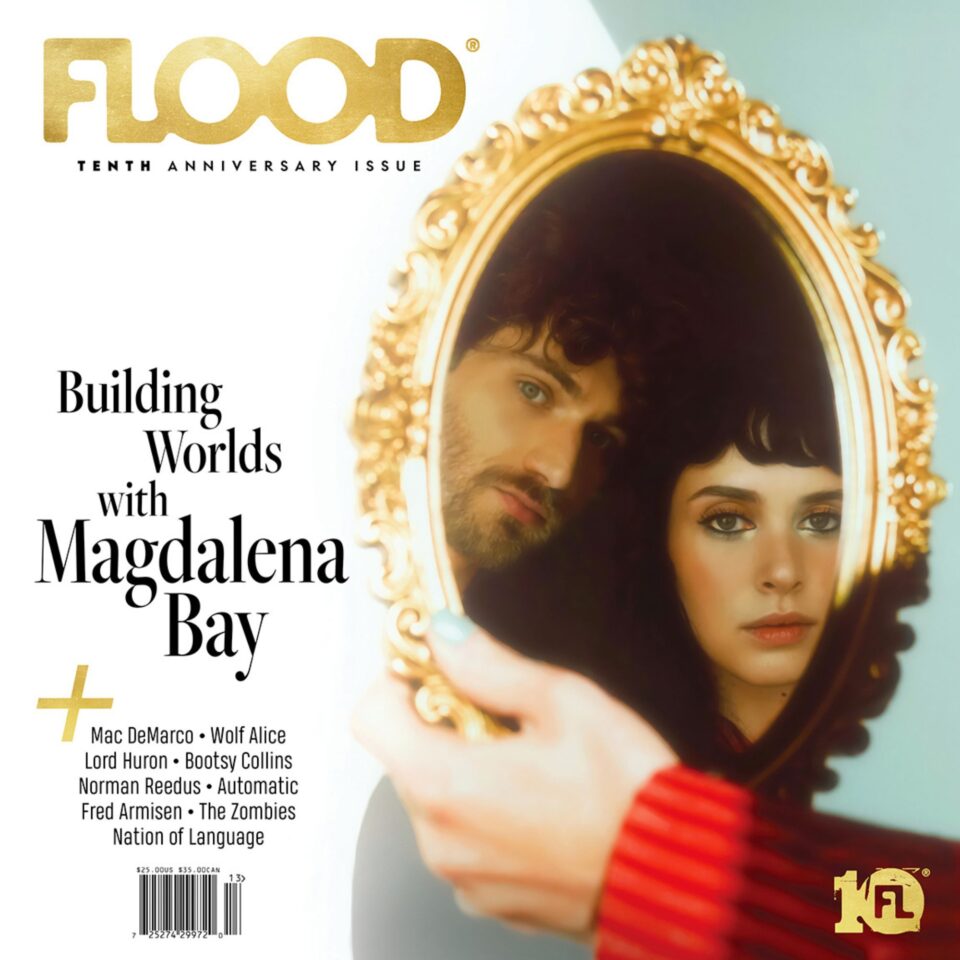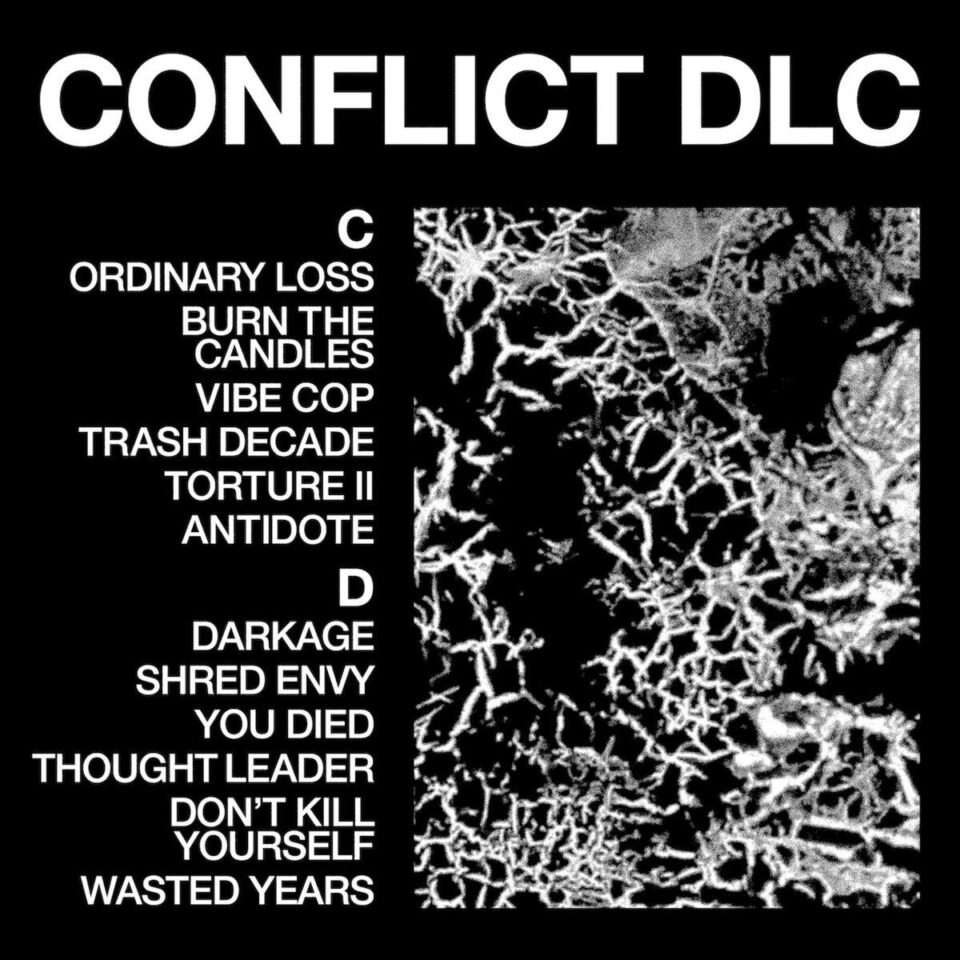I wouldn’t say I’m steeped in the lore of motorcycle gangs—I’ve never read Hunter S. Thompson’s Hell’s Angels, never made it more than an episode or two into Sons of Anarchy, and have only seen the most famous of the biker-gang cinematic entries. So maybe it’s my own ignorance speaking here, but I never quite understood what exactly it was they did, on a granular level. Is it a glorified men’s club, a souped-up Elk’s Lodge for guys with tattoos? Or is it more nefarious, a greasy front for drug-running and ineffective concert security?
For all the sweaty bravado, all the slicked-back hair, grumbled threats, and dusty leather, the characters at the beginning of The Bikeriders seem similarly ambivalent as to the immediate purpose of the Vandals Motorcycle Club. The club’s leader Johnny—played by Tom Hardy in a performance that’s less Mad Max and more Goofy Gary—is shown to have started the club simply because he thought Marlon Brando looked pretty cool in The Wild One. I tend to agree with him. Biker gangs do look pretty cool, and, in large part, so do the characters populating The Bikeriders.
This is highlighted, of course, by Austin Butler’s Benny, who’s about as hot, mysterious, and alluring as any character can possibly be. Writer and director Jeff Nichols is wise to use Benny as our way into the story, tracking the budding relationship between him and Kathy, played by an incredibly game Jodie Comer. The actual framing of the narrative, though, is a little more convoluted. Nichols has said that the film was inspired by a book of photographs shot by Danny Lyon back in the late 1960s, so he includes Lyon in the telling (played by Mike Faist) as he interviews former and current members of the Vandals’ inner circle. This gives the whole thing the gravity of a story told entirely through flashback, a wink to some shattering moment worth leading toward. This, too, is where the first cracks in the film start to show.
If you’ve seen any single still from The Bikeriders, it’s likely the one of Butler leaning casually over a pool table, staring a seductive hole through the camera. This is the moment he and Kathy first meet, the spark that lights the flame meant to ignite the film. It’s also the single most engaging moment in the entirety of their relationship—which is a problem when you consider that it’s meant to carry us through a film otherwise light on traditional plot. Butler is, quite obviously, a force to be reckoned with, his superpower as pure persona still evolving with each performance. Here, though, he’s about as blank a character as I’ve seen in any movie this year, all furrowed brow, deep stares, and cigarette flicks with nothing beyond the rev of his engine to wake a sleepy performance. Comer does her damnedest to make us believe there’s anything here beyond pure, feral attraction, but is consistently stonewalled by the script.
Nichols takes great pains to force metaphoric importance on the old adage about bringing a knife to a gunfight without really exploring the psychology behind either combatant.
Unfortunately, the film largely follows suit, never able to find a more engaging hook than “Doesn’t this gang look pretty cool?” Nichols tries his best to inject some tension in the form of some of the newer members of the Vandals—druggies and Vietnam vets who do a better job than Johnny at cosplaying as criminals—but these never really feel like stakes worth worrying about. The same goes for the compelling but ultimately flat cast of characters that make up the Vandals. It’s easy to make actors like Michael Shannon, Boyd Holbrook, Norman Reedus, and Damon Herriman into believable bikers, but they rarely move beyond the snapshots that serve as their inspiration.
As the film hurdles toward its conclusion, we see the seedier elements of the gang ultimately take control, violence winning out over male camaraderie. If this is Nichols’ attempt at social commentary, it’s not particularly revelatory, taking great pains to force metaphoric importance on the old adage about bringing a knife to a gunfight without really exploring the psychology behind either combatant. At its best, this is a well-made costumed docu-drama, but never the epic it hopes for. By its conclusion it’s decidedly running on fumes.







